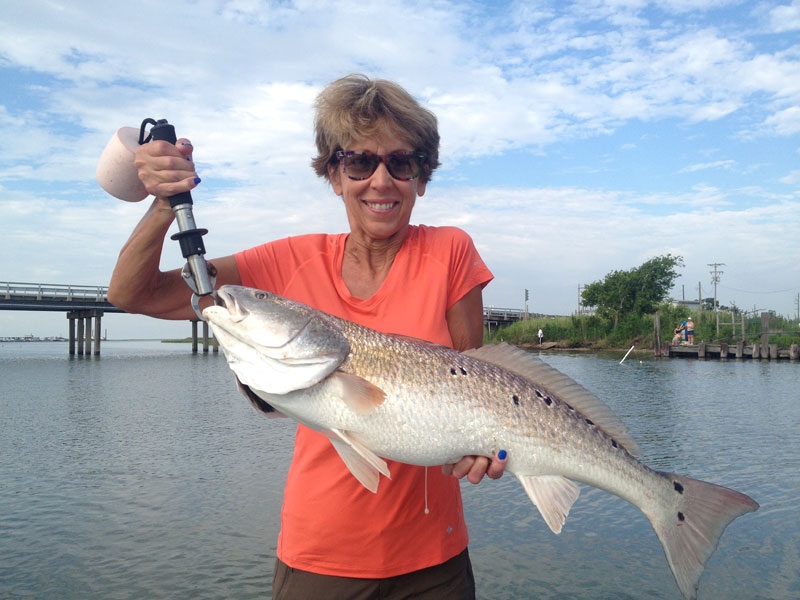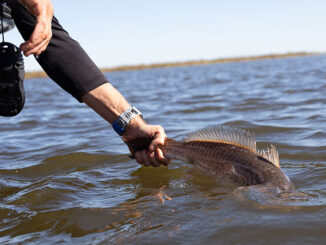
If you are interested in getting a big pull on the end of your line, you may want to visit the lower Mermentau River this summer. This small river, which runs 72 miles from just south of Grand Chenier to the Gulf of Mexico, may appear to be a muddy, murky mess the overwhelming majority of the time, but don’t let that keep you from experiencing the fishery.
Most of my fishing early on in life was done on the Mermentau. Going to visit my grandparents usually involved an adventure, more often than not on the river; they had a camp just a bit north of the causeway bridge.
At that age, all I cared about was getting a bite and catching a fish; it didn’t matter much to me what was biting. I would set my alarm before sunrise just to soak dead shrimp off the dock. There was the occasional redfish, black drum and whiting, but the catch was primarily hardhead catfish and croakers. Depending on how much freshwater was coming down the river, channel catfish were at times the primary fish caught.
Cracked crab
The bait of choice for fishermen other than kids was cracked blue crab. Depending on size, anywhere from half the crab to just a quarter was used. I learned to tear off all the legs — except the back leg — close to the body, before putting the crab on the hook. We would lightly stomp on the claws and use those for chum, but it’s debatable whether that played much of a role in catching fish.
Most fish were caught when the river had an influx of salty, green water. Tide was another significant factor. If the current was too swift, the bite fell off drastically. Your best chance of hooking a big, bull redfish and monster black drum was right at the beginning or end of either the incoming or outgoing tide.
It doesn’t take a fancy boat or expensive tackle to land some huge fish on the Mermentau. Many times, we would catch crabs, slide my grandfather’s 12-foot aluminum boat into the water, crank the 9.9 hp Johnson outboard and catch redfish and drum so big that they would tow that boat around — even with the anchor out.
It was key to match the right amount of lead to the crab to avoid getting hung up on rocks or oyster shell. If the current was slack or extremely slow, we would fish the cracked crab weightless. As the current increased, we would us 1/4- to 3/8-ounce jigheads. You definitely did not want to cast upcurrent; that would almost guarantee getting hung up on the bottom.
Although we did not necessarily catch many redfish that were small enough to keep, I would not trade my sore arms and memories for fish in the ice chest.
Capt. Adam Jaynes can be contacted at justfishsabine.com.


